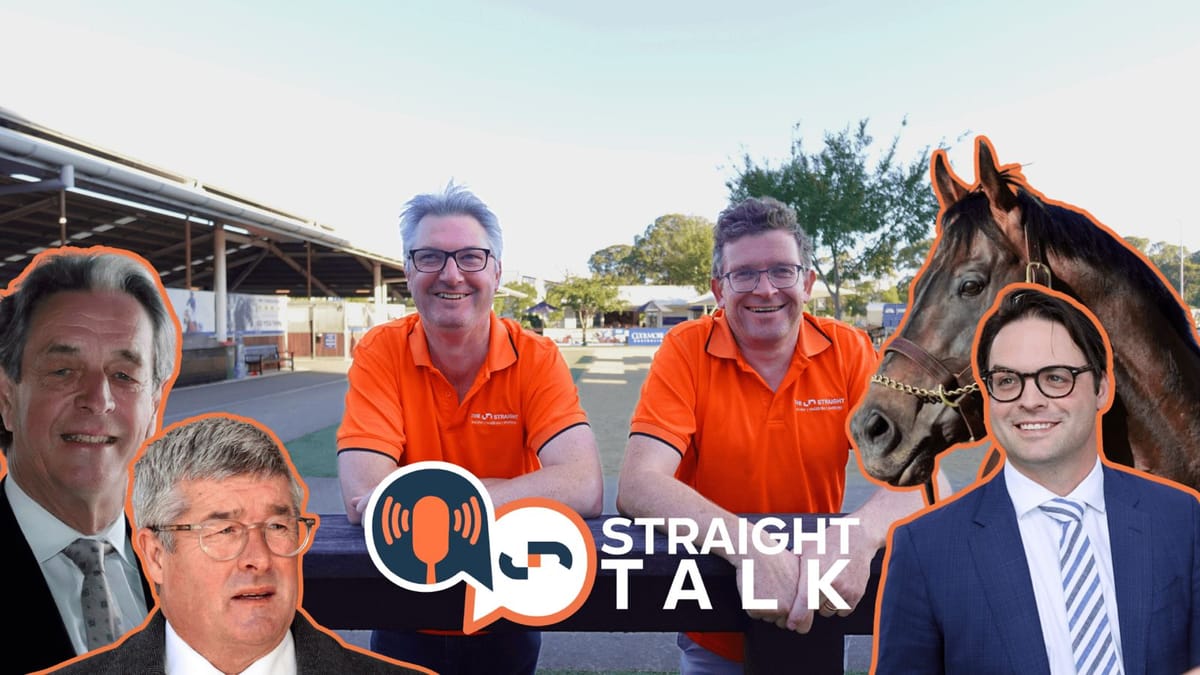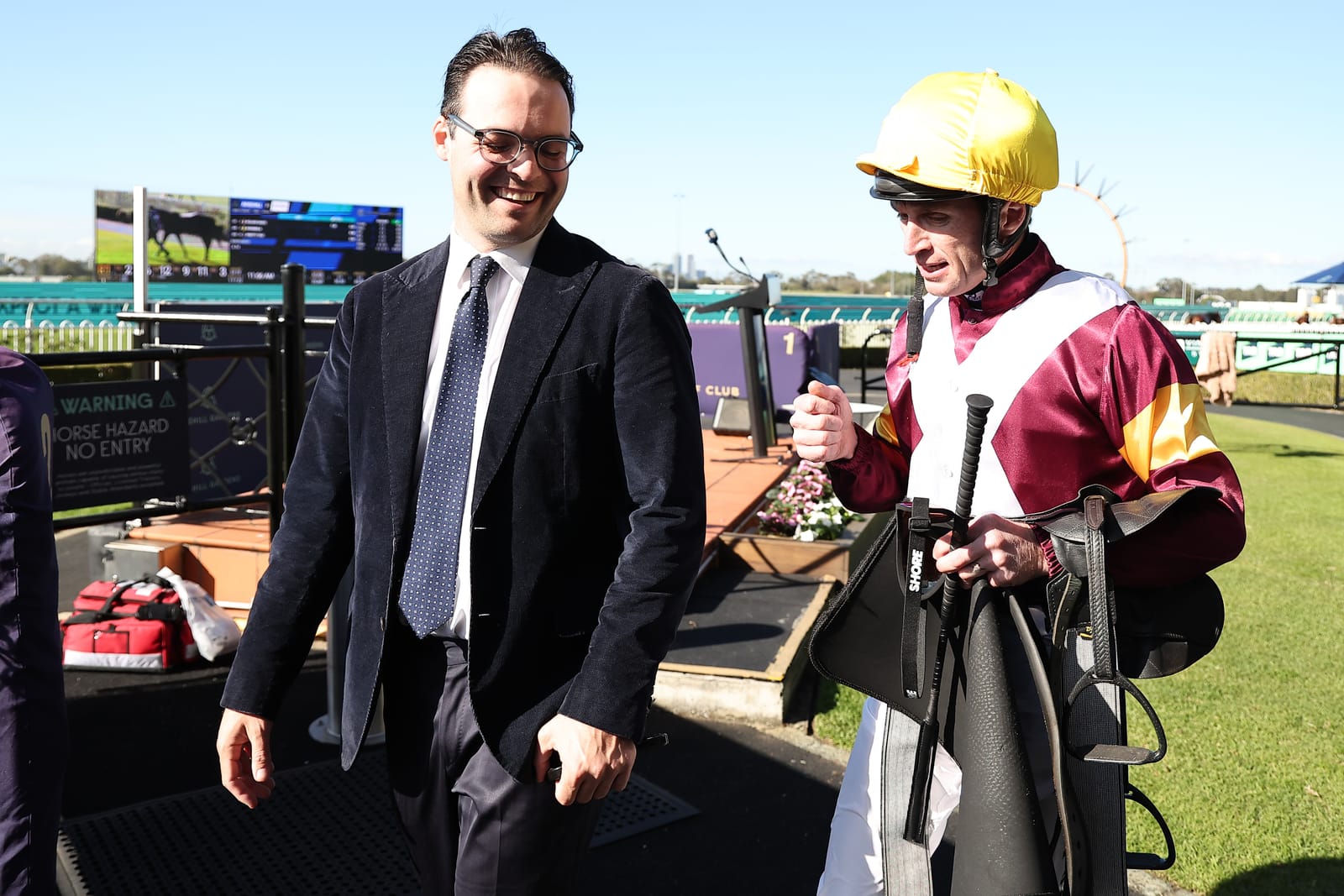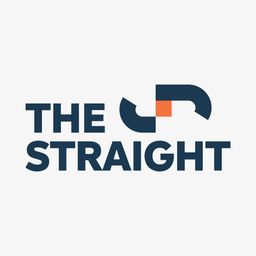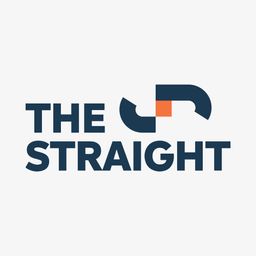A simplified racing model with designated training centres and industry-operated suppliers would be the best way to bring down the cost of thoroughbred ownership and resurrect the business model of trainers, according to Will Freedman.
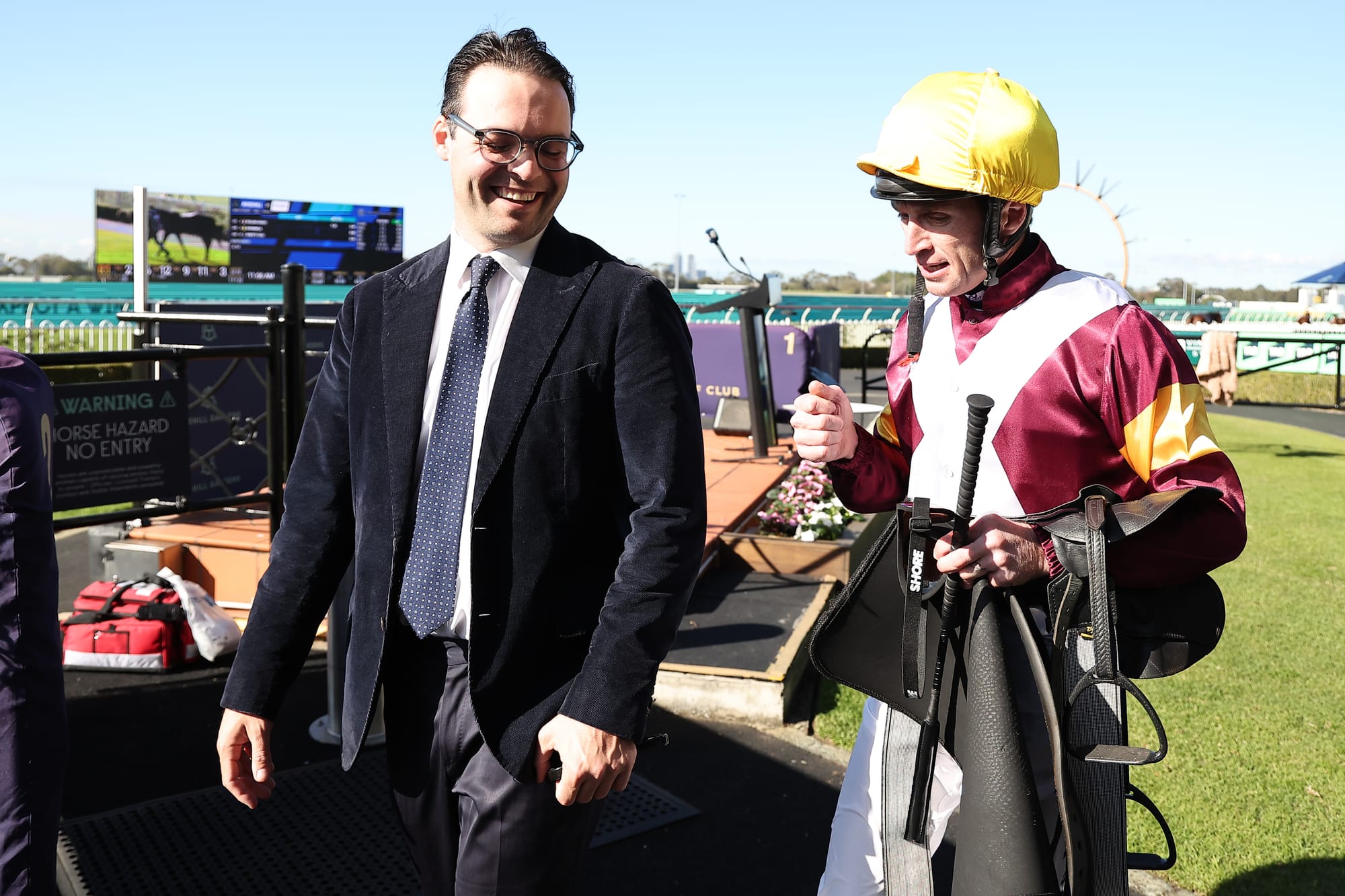
The trainer, who operates his Rosehill-based stable in partnership with his father Richard, told the Straight Talk podcast that while staffing costs remained the biggest challenge, industry-led initiatives could lessen the load in other areas.
Freedman said that cost-of-living pressures had driven staffing costs to rise, especially for metropolitan stables, but aspects such as veterinary services, farriers, physiotherapists, feed, and bedding have also increased.
”When we have owners that come in, they're always shocked at how many services the horses are actually given, even though they see it on their bill,” he said.
“When you have so many people clipping the ticket, the trainer actually acts a bit like a bank because we have to pay the service providers on time. Otherwise they stop coming.”
Freedman said while trainers often had fixed credit terms with suppliers, incoming payments from owners were far less reliable, putting pressure on cash flow, and hampering the growth and development of their business.
Reducing other costs would help address the issue and Freedman said that needs to be an industry-led approach.
“I've spoken to my father about it at length recently. I think the main step forward for the racing industry is having changes that affect everybody rather than affecting factions of the industry,” he said.
“I would probably prefer there to be training centres, where the industry can subsidise parts of it. I've been lucky to travel a bit in Dubai. They have club vets, you know, that run it more or less at cost for the owners, but they're employed by the club. That happens in the United States as well.”
“And then track fees, stable rent. I'd love to see a PRA have their own sawdust mill. Like we're, we're all using sawdust and commercial sawdust, and we're not the biggest users of of that sawdust.
“We're so dependent upon market forces when I think we possibly could have a system where we provide, like it's a, it's a bit more vertically integrated where we supply everything for the industry at a lower cost.”
A recent report from Stable Financial which surveyed 47 stables pointed to cost rises in both Victoria and New South Wales over the past two years. Freedman feels that pinning that cost increase purely on the trainers is not an accurate reflection of the challenge.
Amid greater scrutiny from Racing NSW about the financial viability of training operations, he said few stables would be shown to be highly profitable.
“I'd say in principle, most trainers, and I'm not saying all, but most trainers subsidise owners’ training. I would say most trainers, if there was no prize money, would be trading insolvently,” he said.
“If not, certainly there's a good faction of them that would rely on the prize money to be able to survive.”
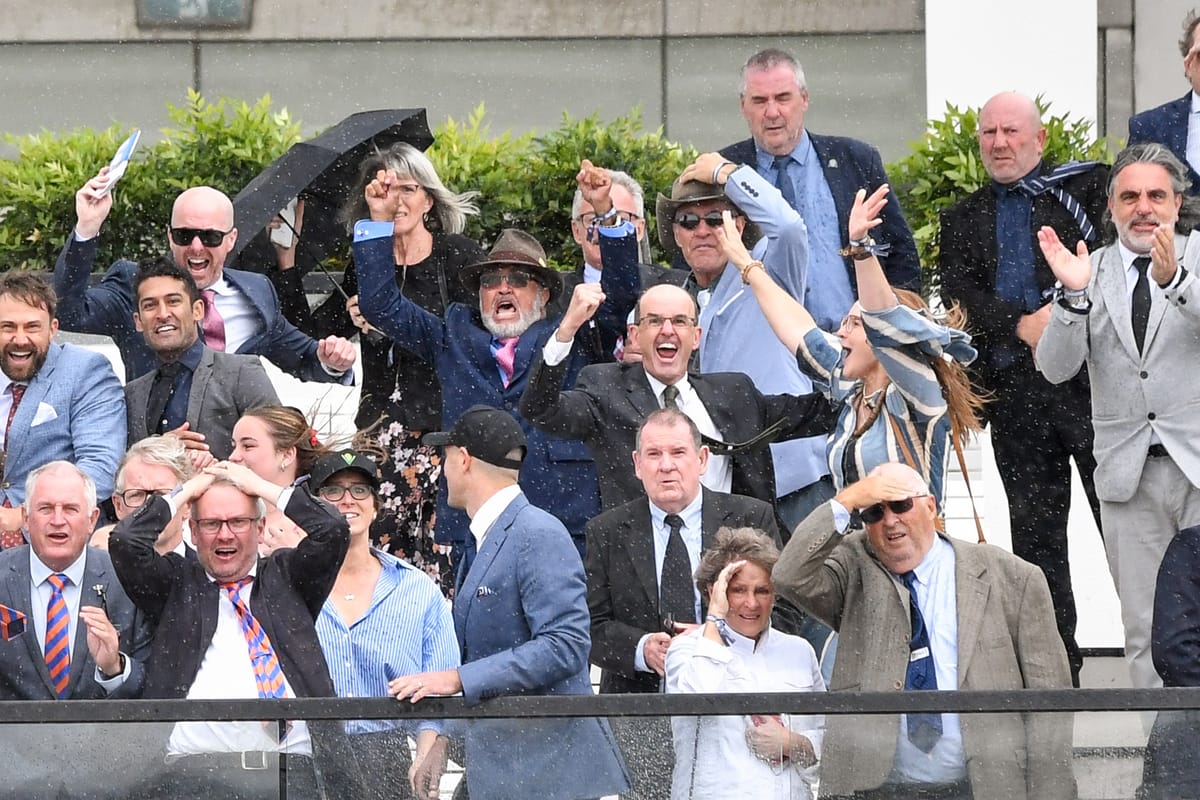
Freedman said those operating at greater scale were advantaged, but not everyone could run their business at that level. He also said it wasn’t just a matter of scaling up endlessly, because there just weren’t the boxes available, especially in metropolitan areas.
He also sees the relentless march toward scale in Australia’s biggest training operations as a potential risk to the industry’s long-term prosperity.
“My fear for racing at the moment, and I'm still very positive about racing as a sport, is I do worry about the sporting element of it,” he said.
“Like, how much of a sport is racing a horse now and how much of it is just business. And if we move too far away from having a sport, we rely solely on gambling.
“Because there's no enjoyment from a sporting perspective. I think we've all seen that if we rely solely on gambling, that we're going to be vulnerable to changes in gambling behaviour.”
Listen to the full interview below:
